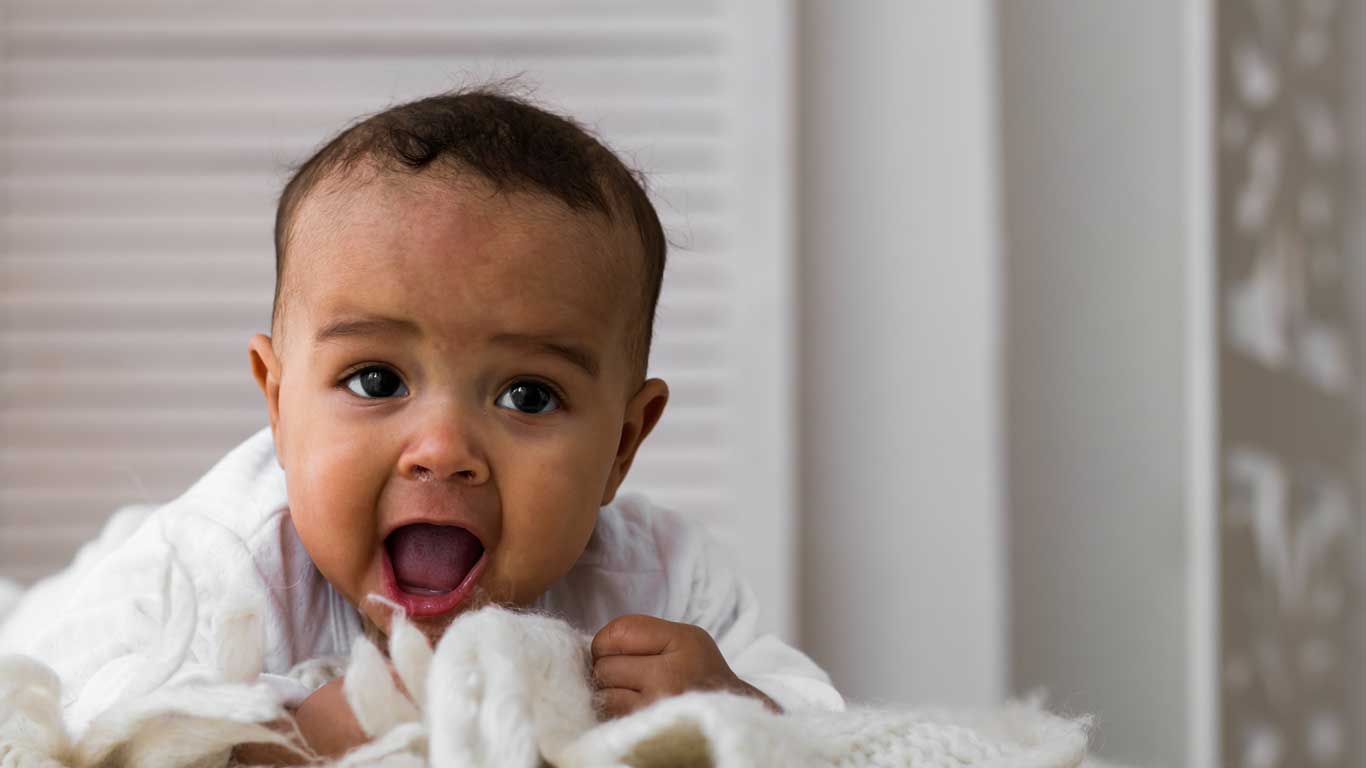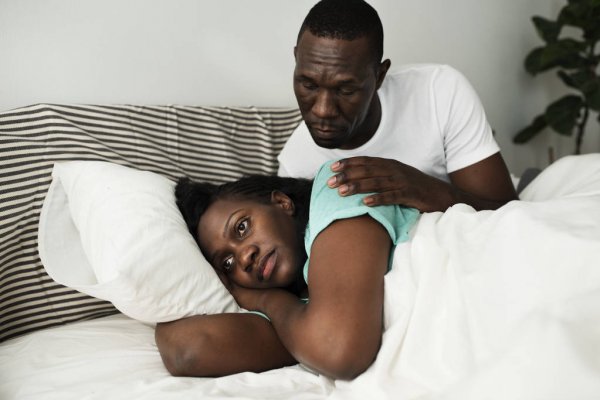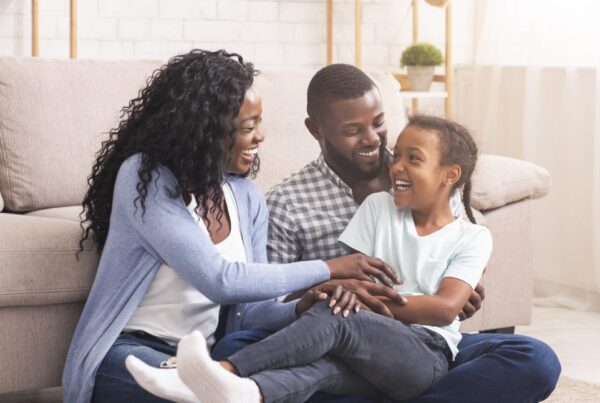Life has changed beyond recognition for Femi and Tinu after having multiple IVF cycle failures; they are now blessed with triplets. Like many typical couples, they were married in their early 30s and had been trying for a family for about two years before deciding to seek medical advice. The healthy Triplets Like most newlyweds, they thought all was well and perhaps had not been as focused on the issue of conception as they ought to be. However, subsequent tests revealed there was a problem and their only option for becoming parents was IVF treatment.
This came as quite a shock to the couple and even more to Femi who was a fitness fanatic and a relatively successful sportsman. However, he learned quickly that often there are no logical reasons to infertility. Whether a past sports injury or not, the reasons are irrelevant. Life’s focus soon changes toward this one issue regardless. After the initial diagnosis, the couple embarked on a series of private IVF cycles. The first appeared to be successful as 16 eggs where fertilised and Tinu tested positive following a pregnancy test two weeks after her implantation. They were overjoyed. But things changed dramatically shortly thereafter when she began bleeding and the pregnancy was lost. The couple continued through four more cycles none of which were successful or even resulted in a pregnancy. But even though the financial cost was enormous and the emotional toll even greater, they did not give up.
After four years of attempts, they did not lose sight of the essence of further treatment. Of all the things that Femi and Tinu learnt throughout this process, the most important was to always remain pragmatic. They came to realise that as hard as things may be, it is often necessary to lose emotion and remember that it is about playing the odds game and each attempt is as likely to succeed as the last. For the couple, this mindset proved true as later events demonstrated. A totally unexpected outcome occurred at the sixth IVF attempt. Instead of failure, Tinu became pregnant with triplets and gave birth to three healthy children. Life changed beyond recognition for the persevering couple that will never forget the experience of the last five years even though they never really predicted the wonderful and positive outcome.
Femi and Tinu are just one of several hundreds of thousands of Nigerian couples that benefit from multiple IVF cycles. While it is true that most couples fail to have a child with their first IVF cycle, it is equally true that the chance of having a baby increases the more times they try. The statistics tell the story. About 45 percent of couples who fail on the first cycle never try a second or third time. Couples usually give up either because they are discouraged by the outcome or cannot afford another cycle. From studies, the cumulative chance of a live birth is 30 percent for the 1st cycle, increasing to 45 percent after the 2nd cycle and over 54 percent after the 3rd cycle. Couples have been known to have up to 65 percent success rate after six attempts, after which the chance of a baby plateaus with subsequent cycles.
For IVF success, perseverance is the name of the game. Medical Director, Nordica Fertility Center, Lagos, Abuja and Asaba, Dr Abayomi Ajayi, explained that women under the age of 40 should be offered at least three IVF cycles, more so if they have failed to conceive naturally for two or more years. “The idea is that the women should keep going on with the cycles in order to increase the chance of having a family so the advice generally is that couples should persist with IVF beyond their firt few failed cycles. “We are trying our best to offer satisfactory fertility treatment to our clients. Over 2000 babies have been delivered through IVF and other Assisted Reproductive Technology (ART) methods,” Ajayi stated. Nordica Lagos and its branches have helped hundreds of couples challenged with infertility to have their own children through IVF.
But the guidance is not mandatory. Data suggests that in practice, very few couples go beyond one or two IVF cycles, and it is estimated that about 1 in 10 couples who started IVF ultimately reach three or more full cycles, according to a survey. However, from the experience of Femi and Tinu above, the whole point is that couples need to stop thinking of IVF as a single shot at having a family, rather, they should think of several cycles as the standard. For couples where the woman is younger than 40 and those of any age using donor eggs – two-thirds are expected to achieve a live birth after five or six treatment cycles. This is comparable to rates that couples conceiving naturally take within one year.
It is true that the chance of pregnancy success differs markedly with age, with women under 40 having a 68 percent chance of a baby within six cycles, compared to just 32 percent for women aged 40-42, and 11 percent for those over 42. Dissuading couples from further treatment cycles because they have had one with no eggs retrieved should be discouraged as much as implying that results from one such cycle indicate very low chance of future success. The rule of thumb is this: As the number of treatment cycles increases, the cumulative rate across cycles also increases.
Source: Vanguardngr





